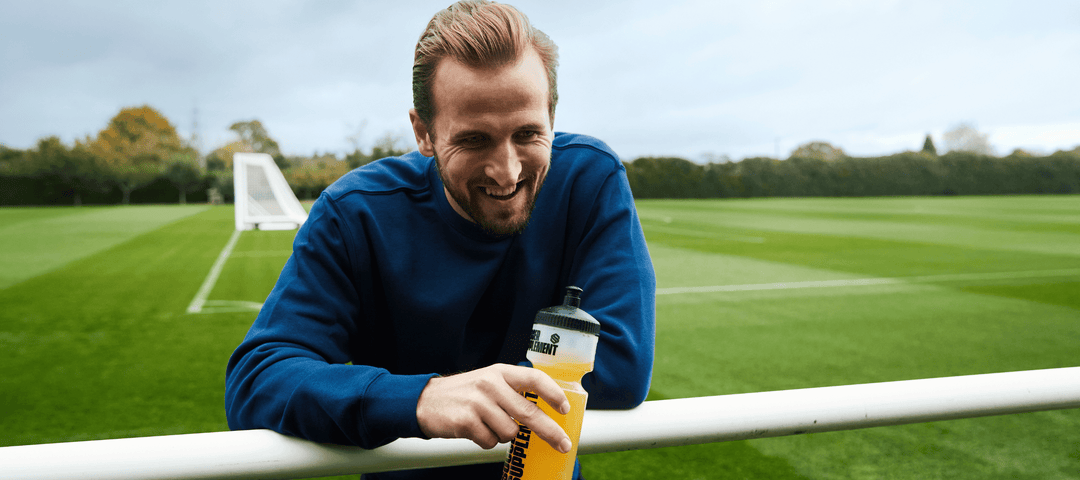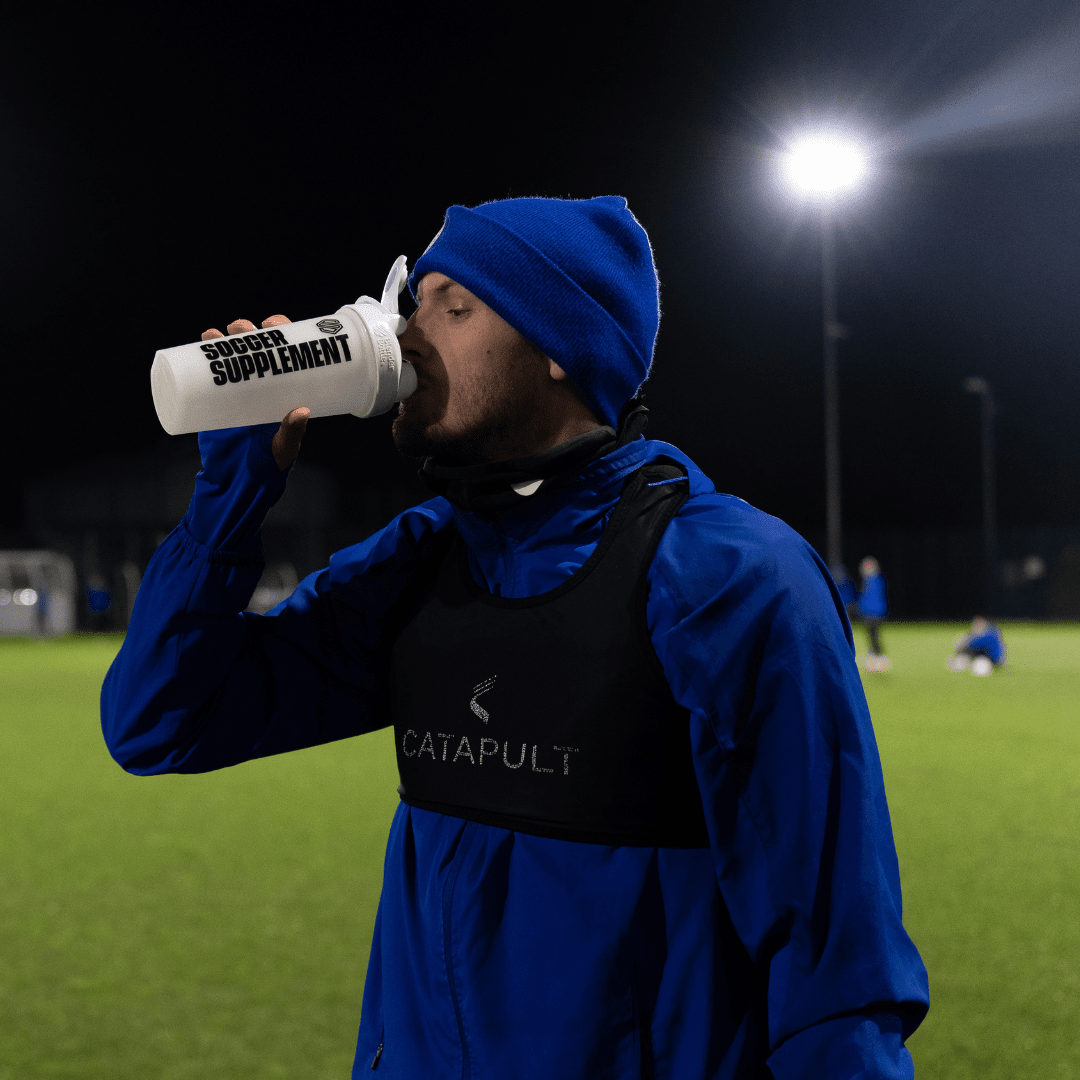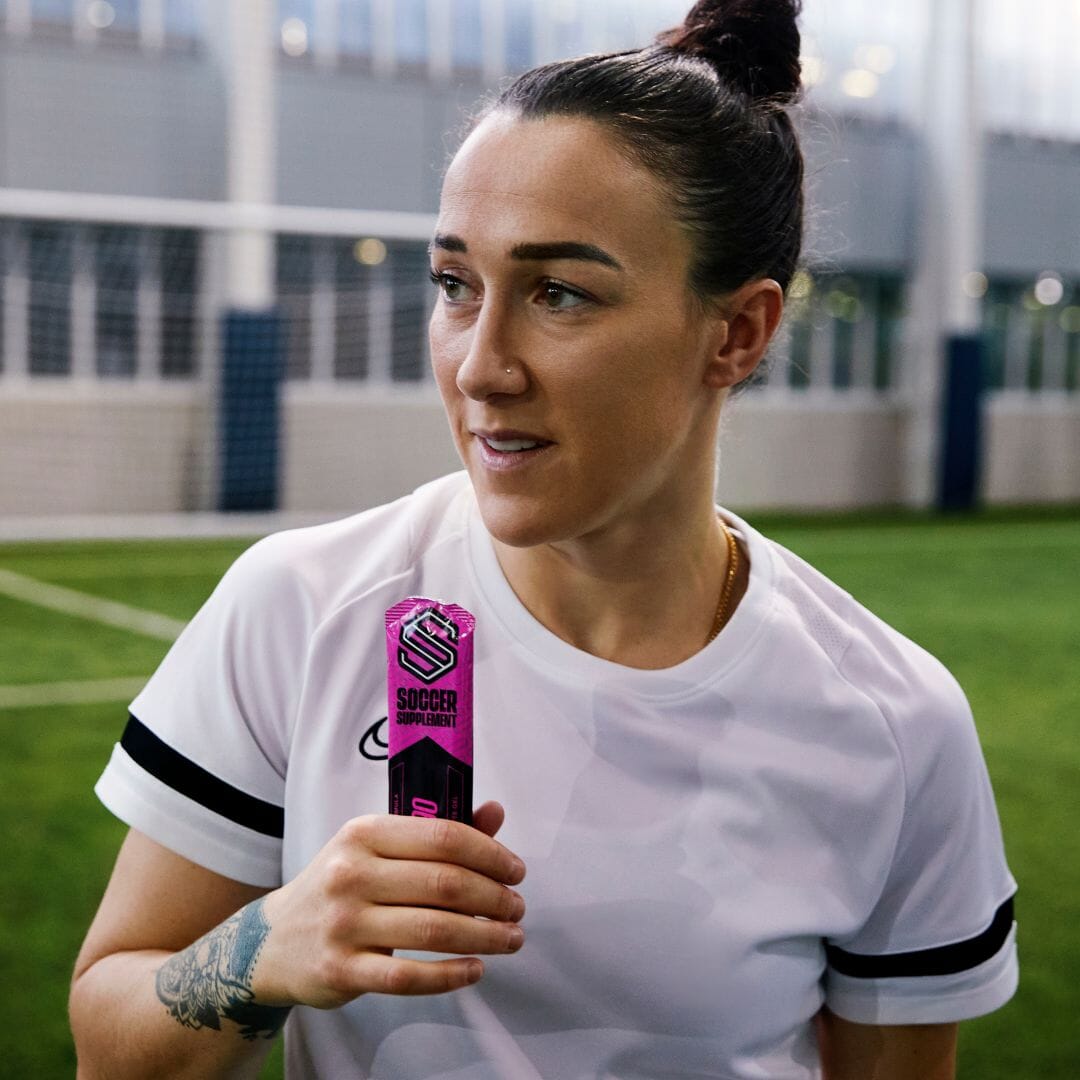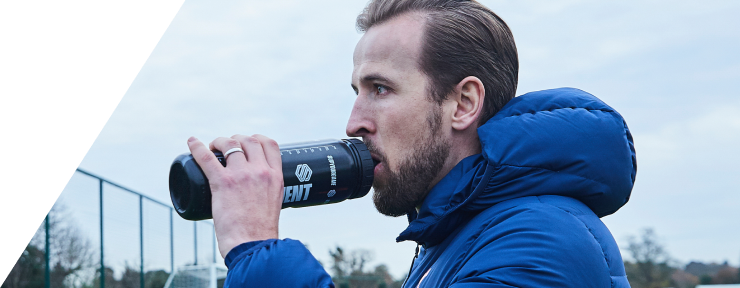If you think resistance training will make you too big and heavy for football, then it’s time to change your opinion.
Modern professional footballers spend a lot of time in the weights room, lifting barbells, dumbbells and medicine balls to build the strength and muscle they need to perform at the highest level.
Whether you are looking to gain a bigger frame or simply want to improve your game a little, this article explores the ins and outs of resistance training for footballers.
Why Resistance Training is Good for Footballers
Resistance training has some key benefits for footballers. Primarily, training with heavy weights will enable you to increase your strength.
A good degree of strength in both your lower and upper body is handy for winning tackles, one-on-ones, and aerial battles. Dealing with the physicality of the game is important at top-flight level, but perhaps even more crucial in Sunday League!
Meanwhile, lifting heavy weights can also boost your running speed, as we outline in our article on why lifting weights can help you run faster.
Other benefits include increased confidence, better balance, and a lower risk of injury, as resistance training can strengthen important joint-stabilizing muscles.
What Should You do in the Gym?
Now you know why it’s important, it’s time to get yourself to the gym. But if the thought of lifting weights unnerves you, it may be because you don’t know what you are doing.
Find a plan, either by searching online or chatting to a personal trainer. Make sure it includes some of the following compound movements, which activate multiple muscles in one go.
A quick search on YouTube will give you a guide to the form for the following exercises. If in doubt, talk to a personal trainer, or that massive guy who seems to live in the squat rack….
- Squat
If you can only do one strength-building exercise in the gym, make it squats. Squats are the king of lower body exercises as they activate all the key muscles in the leg – quads, hamstrings, and glutes.
A heavy barbell squat is an excellent movement and something you should include in your program. If you are new to squatting, considering starting with a goblet squat instead. This is when you hold a kettlebell or dumbbell at your chest instead of a barbell on your back.
- Bulgarian Split Squats
If the only Bulgarian thing you know is Dimitar Berbatov, then you have been missing out on some serious training benefits!
The Bulgarian split squat requires one leg raised behind you on a bench while the working leg remains on the floor. This allows you to strengthen each leg individually, correct muscle imbalances, and improve mobility and stability.
Perform these as a main movement or as an accessory to the squat. Naturally, you will need to use a lighter weight than the traditional barbell squat.
- Trap Bar Deadlift
Deadlifts are an essential movement for all humans, not just footballers! They train your entire posterior chain (the back of your body) and develop lower-body strength like nothing else.
Try using the hexagonal trap bar instead of a straight barbell, as this will allow you to use more weight while easing the stress on your back.
- Bench Press
You may think that your upper body can be ignored, but a strong chest and shoulders will give you extra pushing strength – great for winning tussles for the ball.
The bench press is seen as one of the greatest overall upper body strength developers. Use a barbell or dumbbells, and regularly alter the angles of the bench to hit every area of your chest.
- Kettlebell Swings
Grab a kettlebell and get swinging! Swings activate your hamstrings, hips, glutes and core, and help you to develop explosive power.
While your arms are involved, remember that the kettlebell swing is a lower-body movement. You should be driving your hips to create momentum, not lifting with your arms.
How Often Should You Train for Strength?
The answer is: it depends.
While bodybuilders may be in the gym around five days a week, a footballer needs only two weekly strength training sessions. If you can’t make two, then one will be sufficient. Equally, if it’s the summer break and you don’t have games to play or recover from, then throw in an extra session.
Ideally, your sessions should be split by at least one day of rest, where you do other things like cardio, flexibility and mobility training, or active recovery.
As we highlight in our complete guide to football training, a weekly schedule could look something like this, with strength training on Tuesday and Thursdays:
- Monday: Light recovery swim
- Tuesday: Strength training followed by HIIT
- Wednesday: Team training sessions
- Thursday: Strength training followed by HIIT
- Friday: Day off
- Saturday: Light cardio and stretching
- Sunday: Matchday
Prioritize Your Recovery
When you add weightlifting to your weekly plan, you should train hard, but rest even harder. You actually develop strength and muscle size as you rest.
So, you have to prioritize recovery. This doesn’t mean ‘be lazy’ – it just means listening to your body, understanding when to push hard and when to back off, and taking in the right nutrients.
The most important nutrient in terms of recovery is protein. We have gone into more detail in our guide to recovery for footballers.
Aim to eat a snack containing both protein and carbohydrates straight after your resistance training session – some fruit and a protein shake such as our Whey Protein or Vegan Protein will do the job.
You can also try our Recover90 all-in-one recovery drink. Developed to meet the needs of hard-working footballers, this shake includes 31g of protein and 30g of carbohydrates to stimulate muscle repair and glycogen restoration.
Make sure you also pay attention to your sleep, as sleep is when your body does the majority of its repair work. We have outlined good sleeping habits in our guide to sleep for footballers.
You may have dreams of becoming the next Romelu Lukaku… or you may just want to win the ball for a change. Either way, throw in some strength training and watch your game improve drastically!
Updated May 2022









